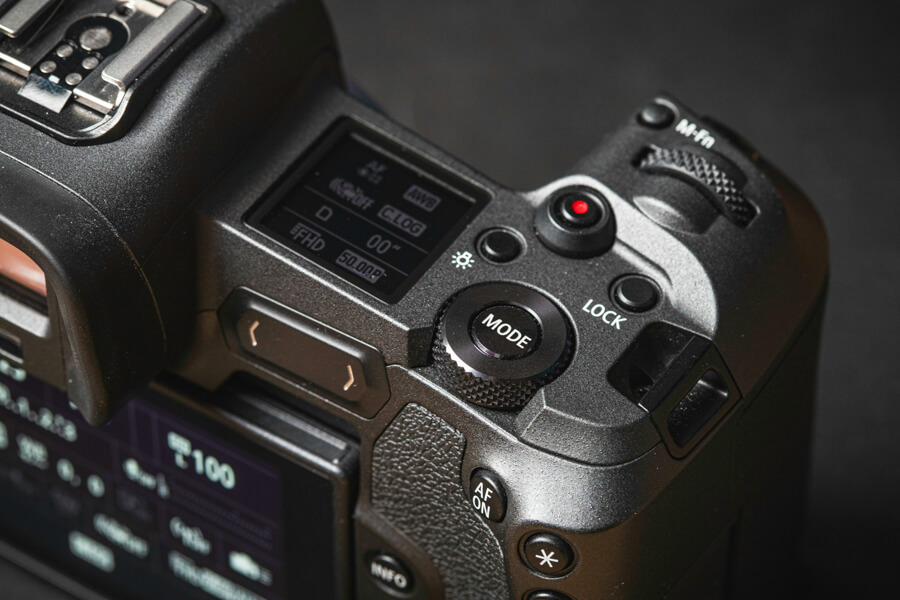Have you ever wondered how your camera knows the right settings for any situation?
The answer is, it’s always looking at the brightest and darkest light reflections in your scene and aiming for somewhere in the middle.
To be precise, it aims for exactly 18% light reflectivity (also known as 18% gray).
What in the world is that?
What is Metering in Photography?
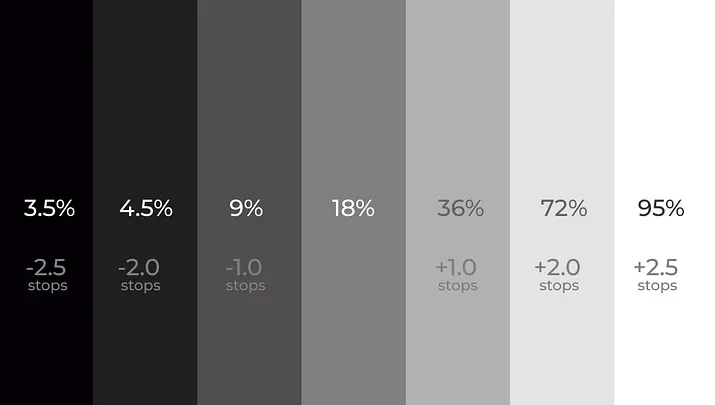
See that 18% in the middle?
It’s the perfect balance between absolute black and white values, at least to our eyes.
Everything we see is basically light reflecting from that object, but some things are a lot more reflective than others. For example, white snow reflects much more light than a black table.
18% seems to be the sweet spot for capturing the most amount of shadows and highlights, and so that’s what every camera is always aiming for. If it calculates that your scene is above 18% reflectivity, it will tell you that your image will be overexposed and so you should correct your settings.
Your camera’s meter can often be wrong.
That’s why we have a lot of different metering modes, and why some people actually carry a physical 18% gray card with them. You put the card right in front of the lens and voila, your camera’s metering is now way more accurate for that specific light situation.
I’m sure you don’t want to do that every time you take a photo, so let’s look at the alternatives.
Here are the 4 most common different metering modes for all camera brands.
- Evaluative/Matrix
- Center-Weighted
- Spot Metering
- Highlight-Weighted
1. Evaluative/Matrix Metering

- Canon: Evaluative
- Sony/Fujifilm: Multi-Pattern
- Nikon: Matrix
Evaluative metering is the most versatile mode. It looks at your entire scene and tries to find the middle ground.
This is the mode you’re probably using right now, even if you’re not aware of it. It’s ideal for preserving the most amount of shadows and highlights, especially if you don’t shoot in Manual mode.
It really shines at landscape and travel photography but you can use it for almost any situation. Your camera basically divides the entire scene into different zones and gives a little bit more priority to wherever your focus happens to be when taking a picture.
Personally, I’ve got my camera in evaluative mode 90% of time and find it the most convenient.
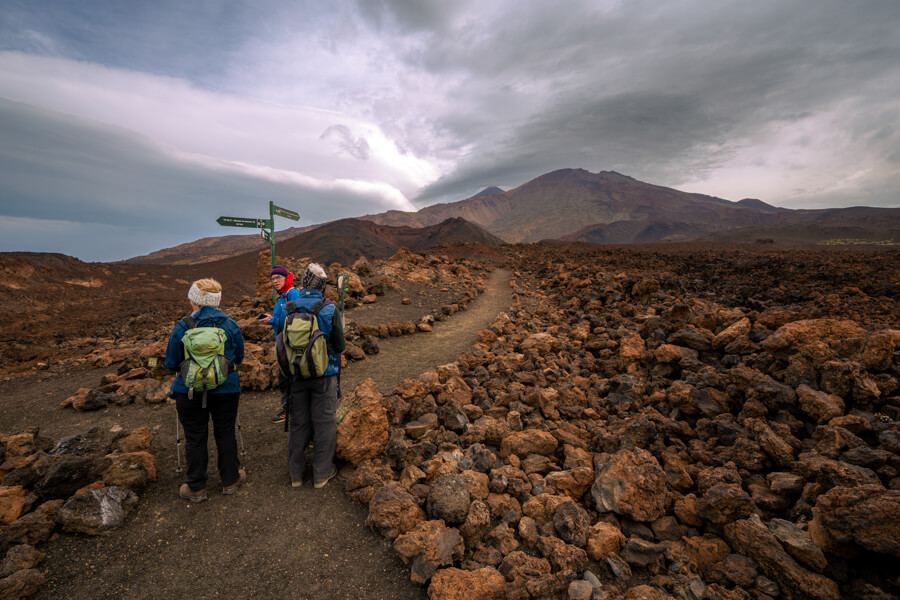
2. Center-Weighted Metering
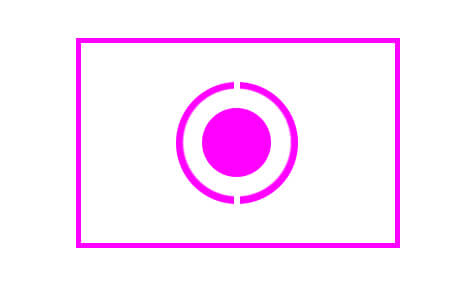
Center-weighted metering is great when your subject is completely in the center. It ignores the corners and any other bright/dark spot elsewhere in the frame.
You should use it whenever there’s a strong light behind your subject, or when your background is monotone/bland.
Basically if you don’t care about anything else in the shot but the center, shoot in center-weighted mode. This could be portraits, products, macro, studio photography and so on.
If you’ve got a dark subject in front of a bright background, I recommend you to switch to this mode. It will ensure their face and details are the most visible.
It’s very easy to overexpose the highlights in these situations, so I recommend you to switch to RAW when necessary. You’ve got more room to work with in post-process and you can actually bring back some of those lost shadows/highlights.

3. Spot Metering
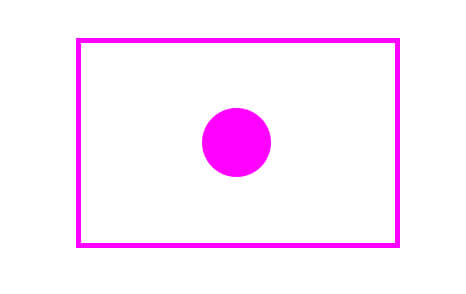
Spot metering only cares about the Auto Focus point you are currently using. That’s around 2-5% of your entire frame, which is often the most accurate for your specific subject.
One of my favorite auto focusing modes (not metering) is using a Single-Point AF, which is basically moving 1 auto focus point with the joystick or a dial pad. It’s super precise, but takes a little bit more time than letting the camera do everything.
When photographing birds and wildlife, I don’t always position my subject in the center. This is when Spot Metering comes handy, especially if there’s lots of contrast or my subject is really small.
4. Highlight-Weighted Metering

You will find this mode on Sony and Nikon cameras.
It’s sort of like the first mode, but it makes sure to not overexpose the highlights. Since these are the hardest to recover in post-process, it makes sense to have a specific mode for it.
Which Metering Mode is Best?
This depends on the camera shooting mode you’re using.
As I mentioned above, shooting in Evaluative/Matrix mode will be more than fine for most people. If you shoot in Shutter or Aperture Priority, don’t forget to use the Exposure Compensation dial to quickly correct your camera’s mistakes.
This will most often happen in high contrast scenes or where there’s lots of snow. The metering will see a lot of white and underexpose, but that will make your snow photos look dull.
Where to change the metering mode?
With most Sony, Canon, Nikon and Fujifilm cameras, you can quickly access metering modes in a quick menu where you change all of the major settings. I don’t have it assigned to any custom keys since I rarely change it.
Here’s a useful video that explains why is the middle of black and white is called 18% gray and not 50% gray.
More Photography Guides
You can continue reading some of my beginner friendly tutorials:


